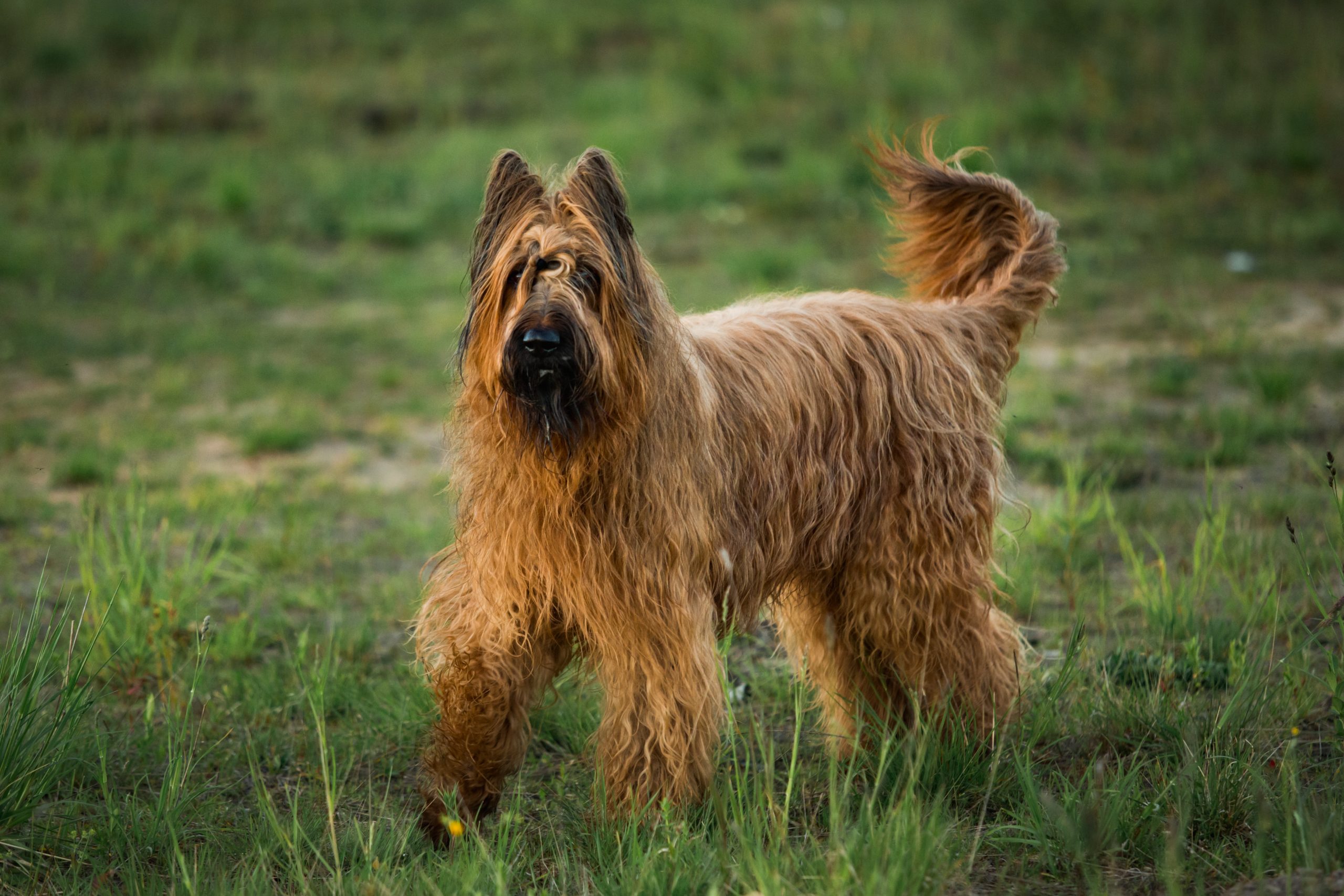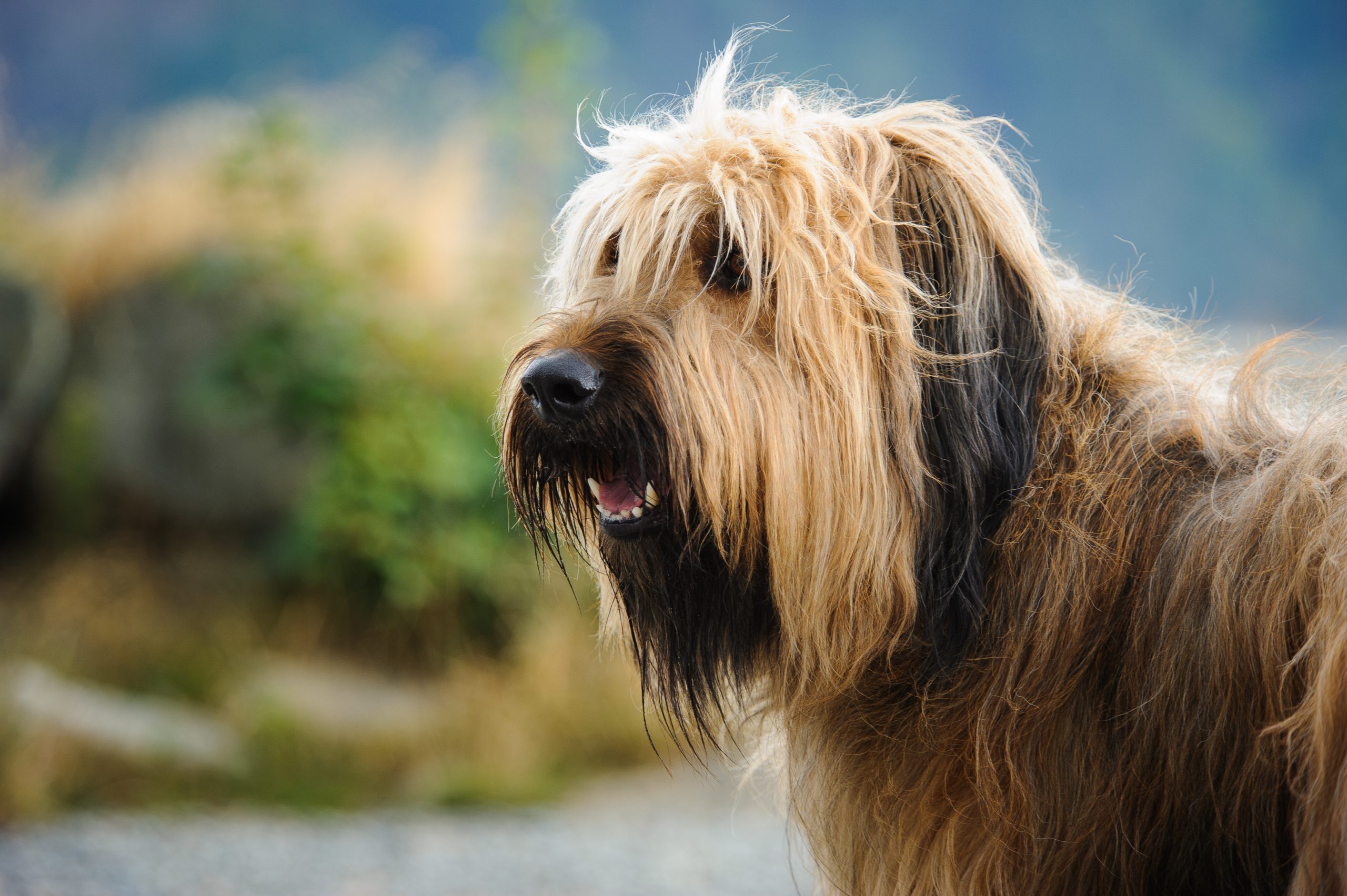Briard
No products found which match your selection.
Shelter Dog Meal Donation Count:
No products found which match your selection.
Briards are known for their faithfulness and protective instincts, making them excellent family pets and guardians. However, their high energy levels and grooming needs require dedicated care and attention.
Briards are faithful and protective, making them excellent family pets and guardians. They were originally bred for herding and protecting sheep, which explains their strong protective instincts and high energy levels.

Originating in France, the Briard has over a thousand years of history. The breed has been used for herding and as a guard dog, valued for its intelligence, strength, and loyalty.




Common health concerns include hip dysplasia, progressive retinal atrophy, and bloat. Regular health screenings and veterinary check-ups are important.
The Briard requires regular, extensive grooming. Their long coat needs daily brushing to prevent matting and tangling.
As a high-energy breed, Briards need plenty of exercise. Activities like long walks, runs, and play sessions are necessary for their physical and mental well-being.
Early and consistent training is key. They respond well to positive reinforcement but can be stubborn. Socialization from a young age is crucial to prevent overprotectiveness.
A balanced diet tailored to their age, size, and activity level is essential. Whether commercially manufactured or home-prepared, high-quality dog food should meet their nutritional needs.
Caring for a Briard is a rewarding but demanding experience. They thrive in environments with ample exercise, mental stimulation, and affection. Understanding and meeting their specific needs ensures a fulfilling companionship.
The Briard, like all breeds, is prone to certain health issues. Awareness of these common concerns and the recommended tests can help owners maintain their pet's health and well-being.
Understanding these common health issues and adhering to the recommended testing and preventive care guidelines can help ensure a long, healthy life for a Briard. Collaboration with a veterinarian is key to developing a tailored healthcare plan for your dog.
The iHeartDogs Free Rx Discount Card Program is a pet prescription discount card that can help you save money on your furry friend’s medications. The card is free to sign up for, and you can use it at participating pharmacies nationwide. To use the free program, simply show the card to your pharmacist when you pick up your pet’s prescription. The pharmacist will then scan the card, and you will receive a discount on the price of the medication.LEARN MORE
Caring for a Briard involves various expenses, which can vary depending on location, the dog’s age and health, and individual care choices. Here’s a breakdown of typical expenses:
Total Estimated Annual Cost:
$2500 - $8500
It's important to note that these figures are estimates and can vary. Also, the first year of owning a dog can be more expensive due to one-time costs like spaying/neutering, initial vaccinations, and training. Regular budgeting for your dog's needs and an emergency fund for unforeseen costs are essential for responsible pet ownership.